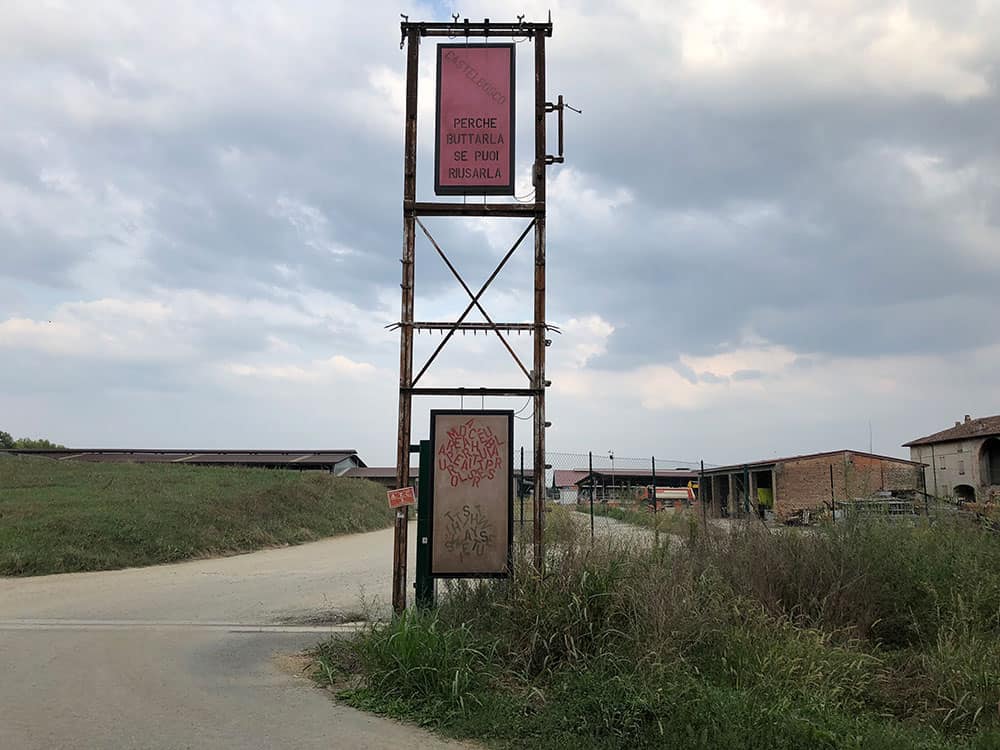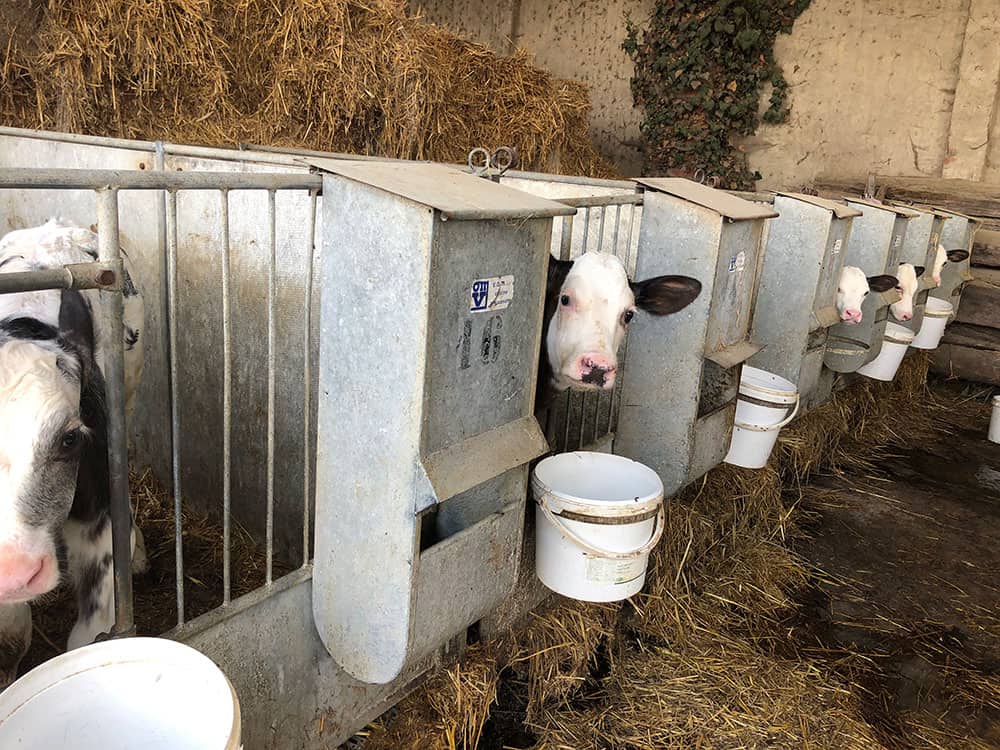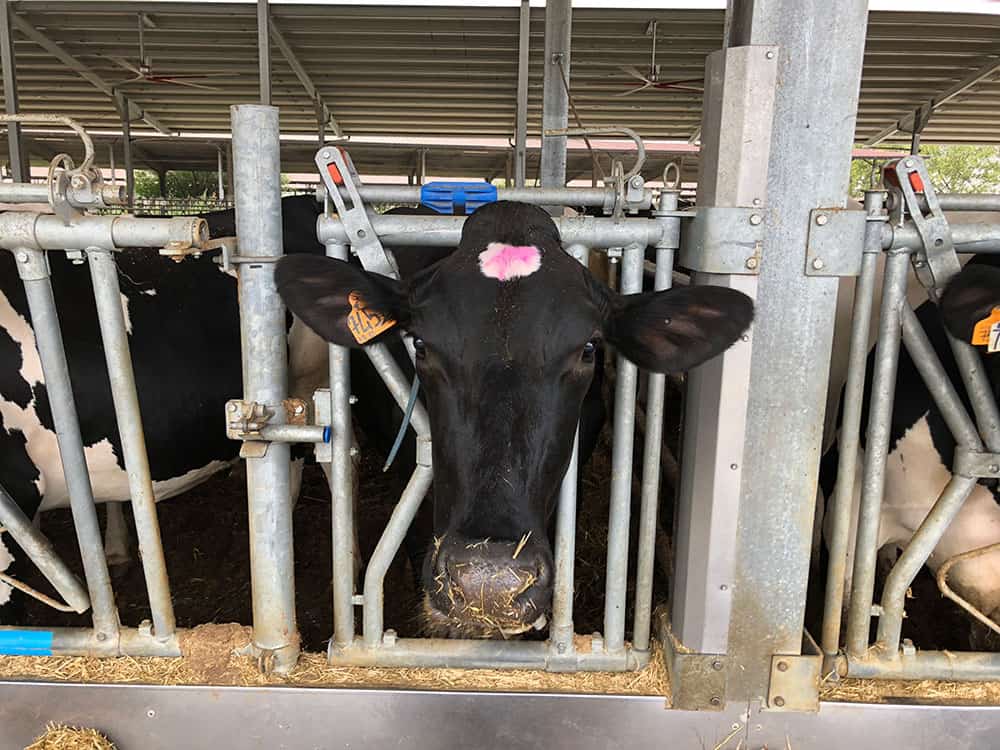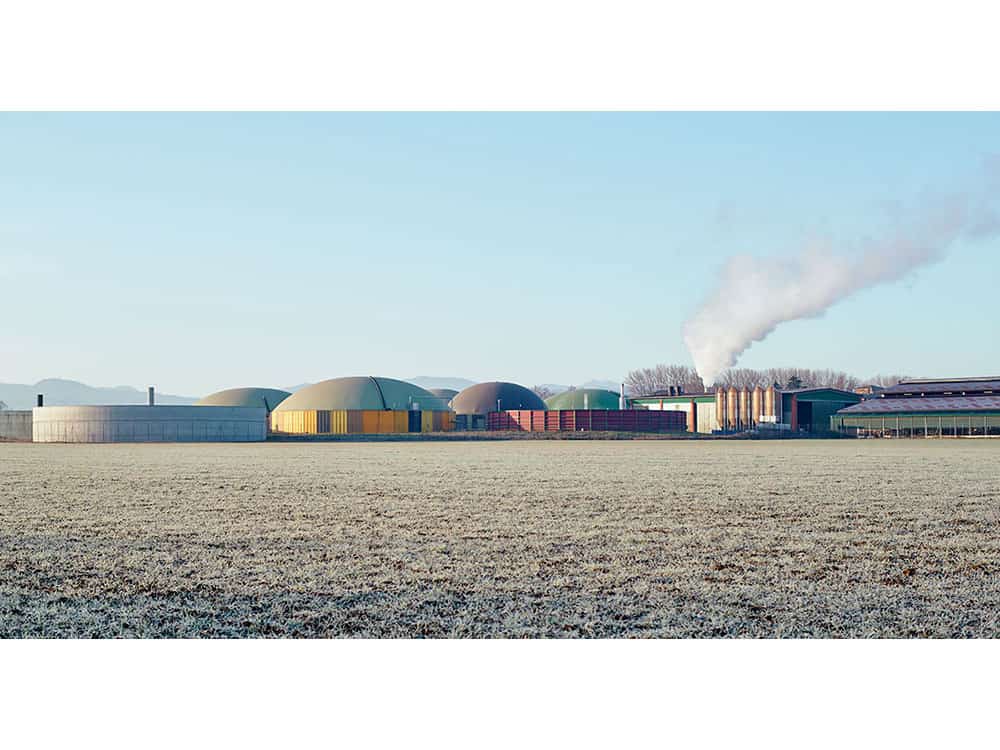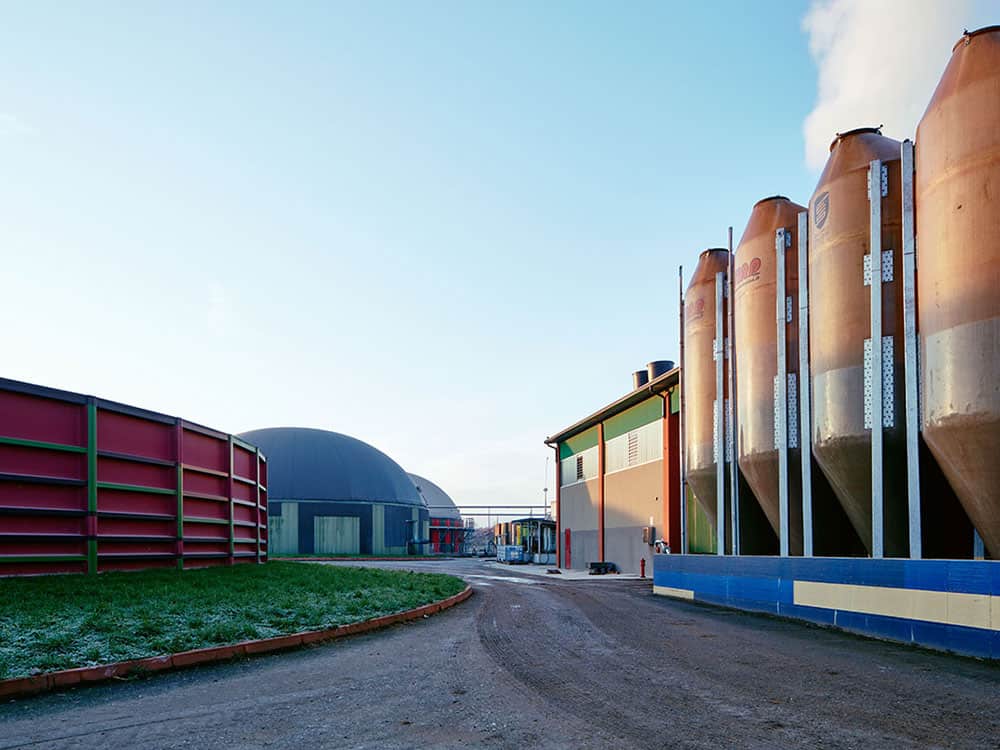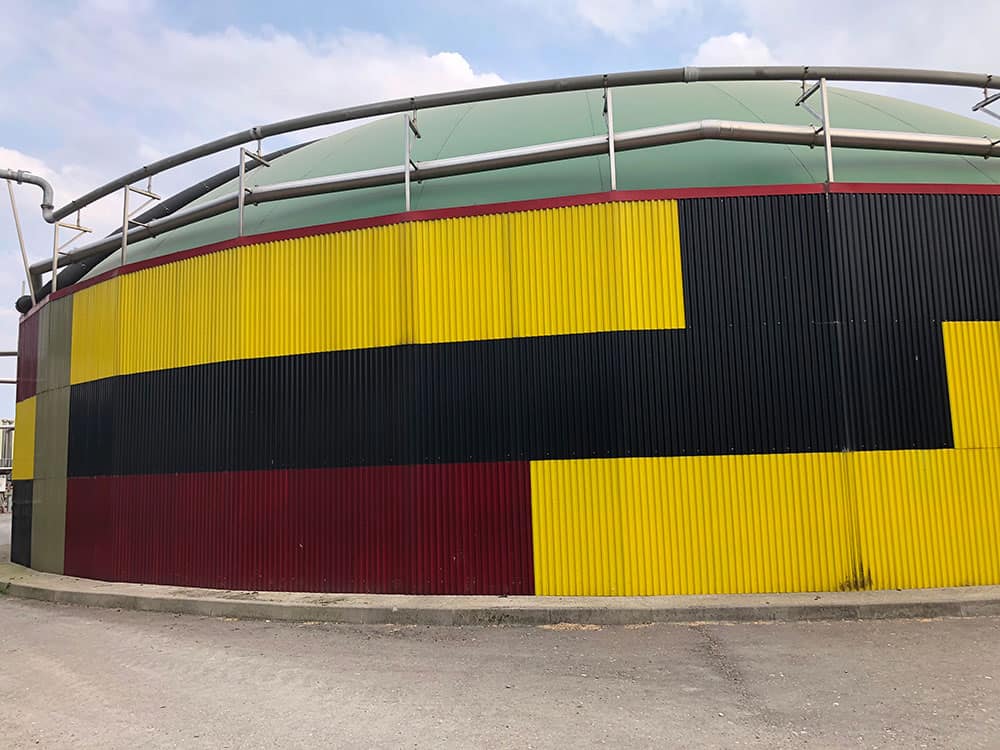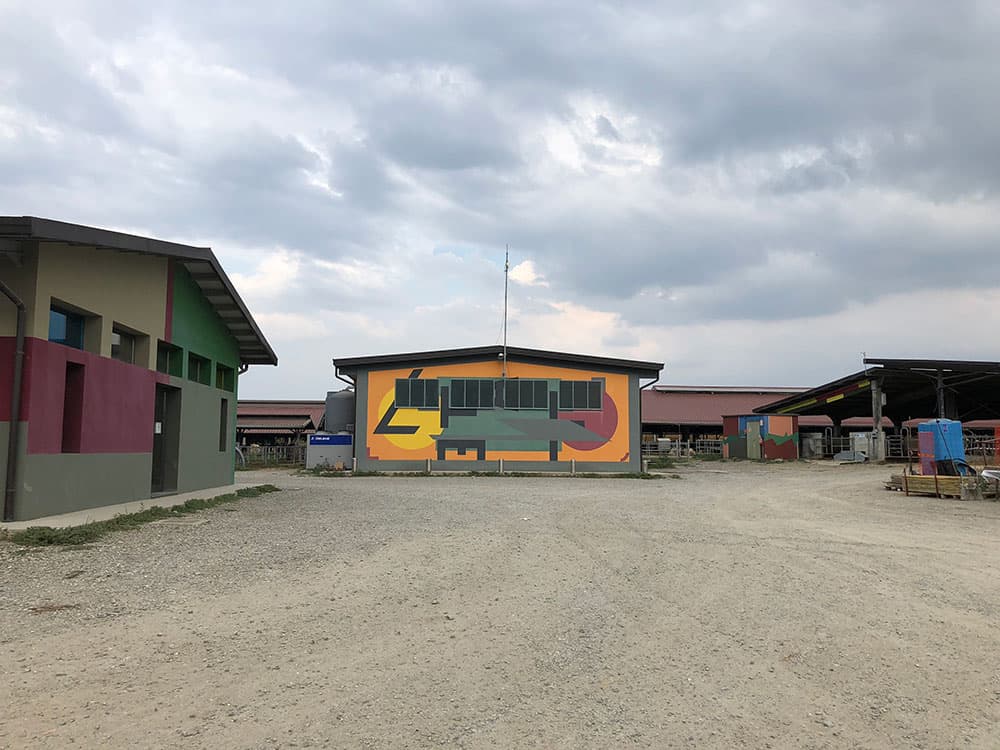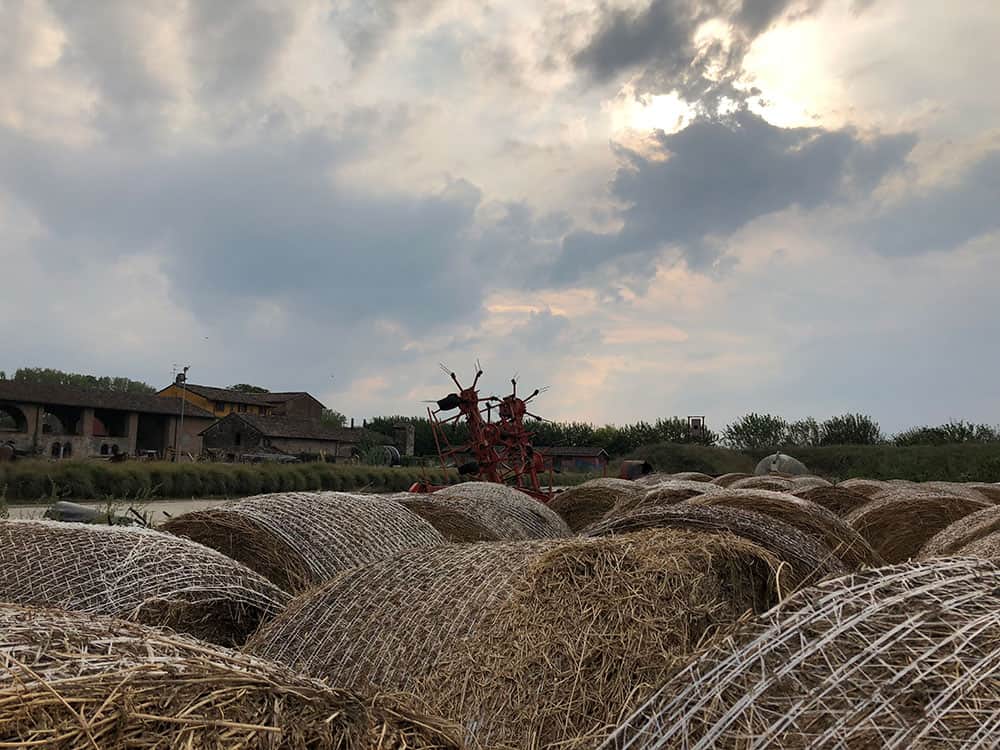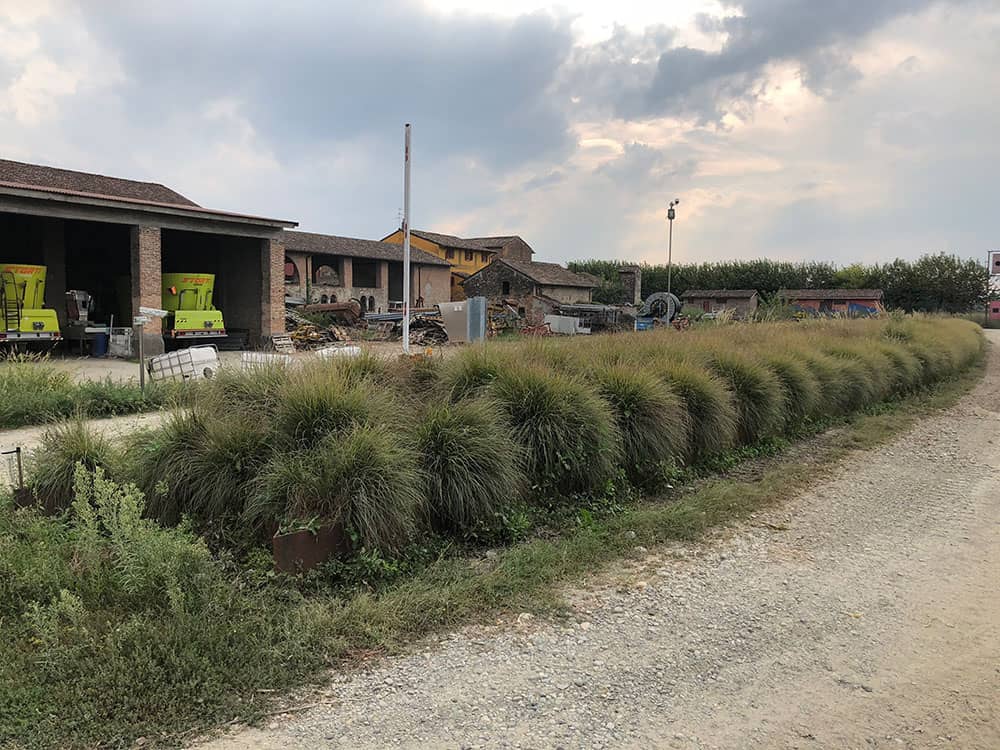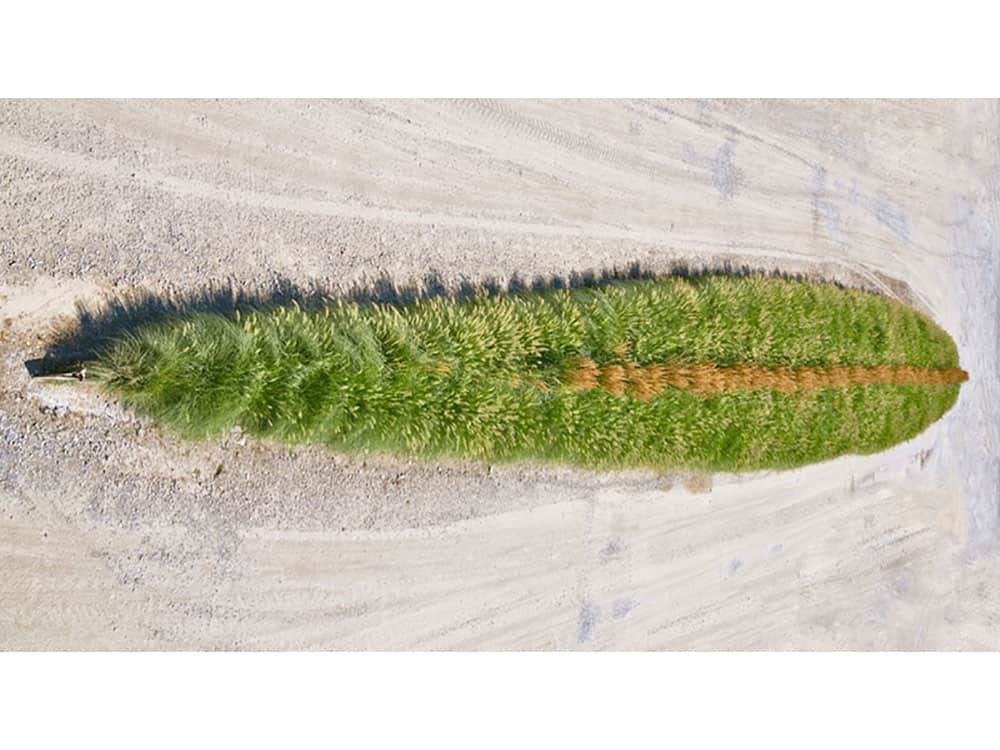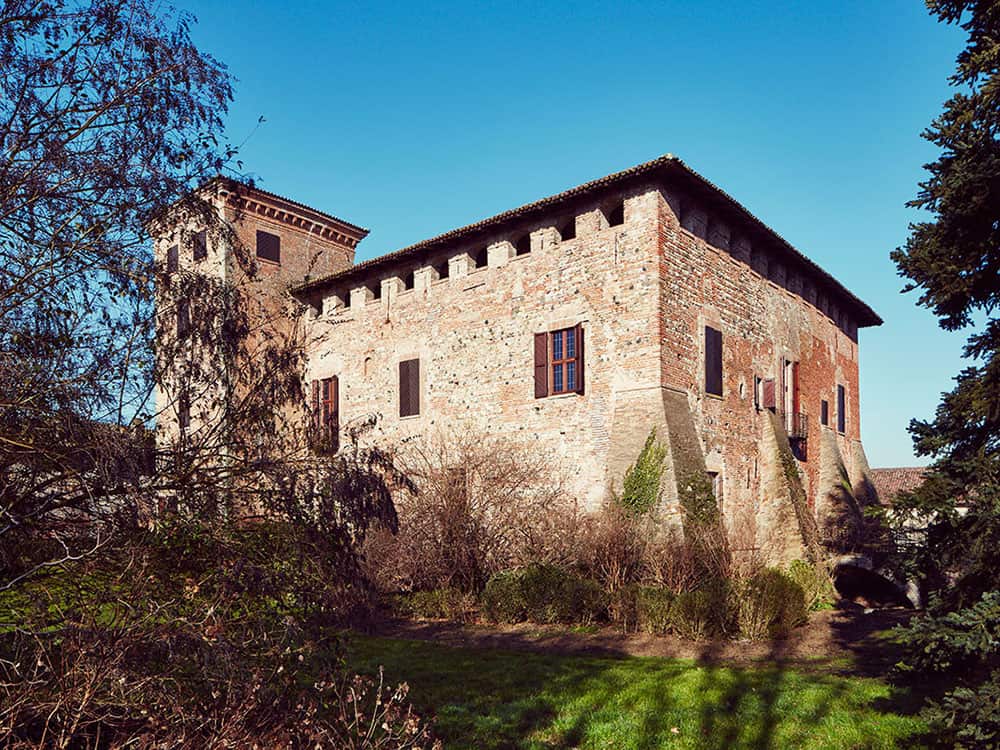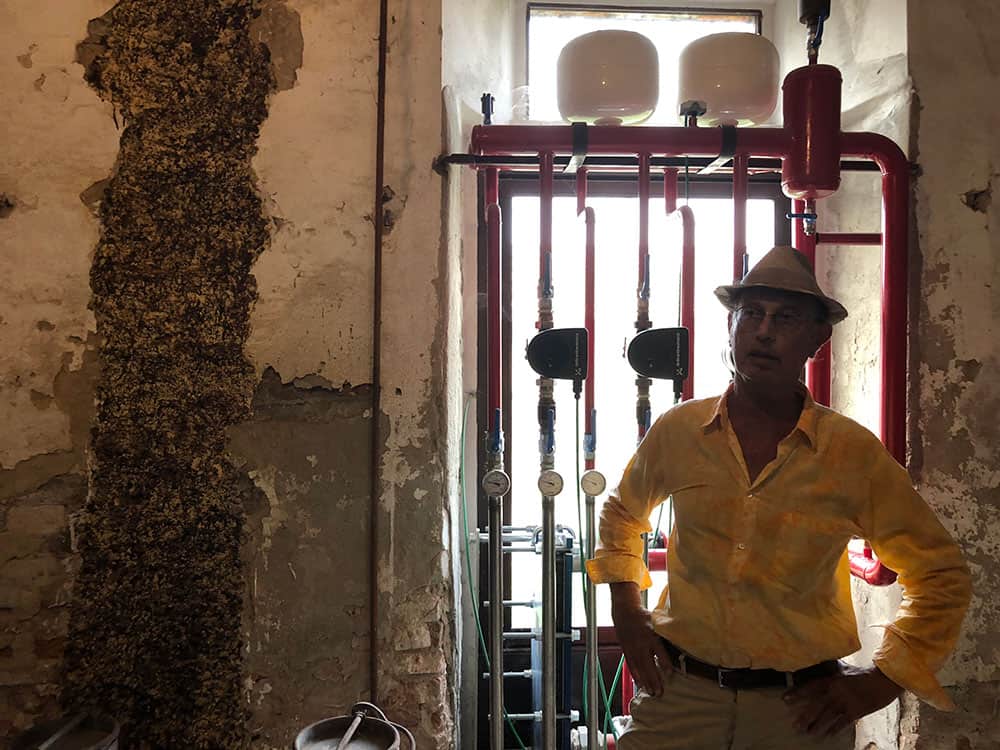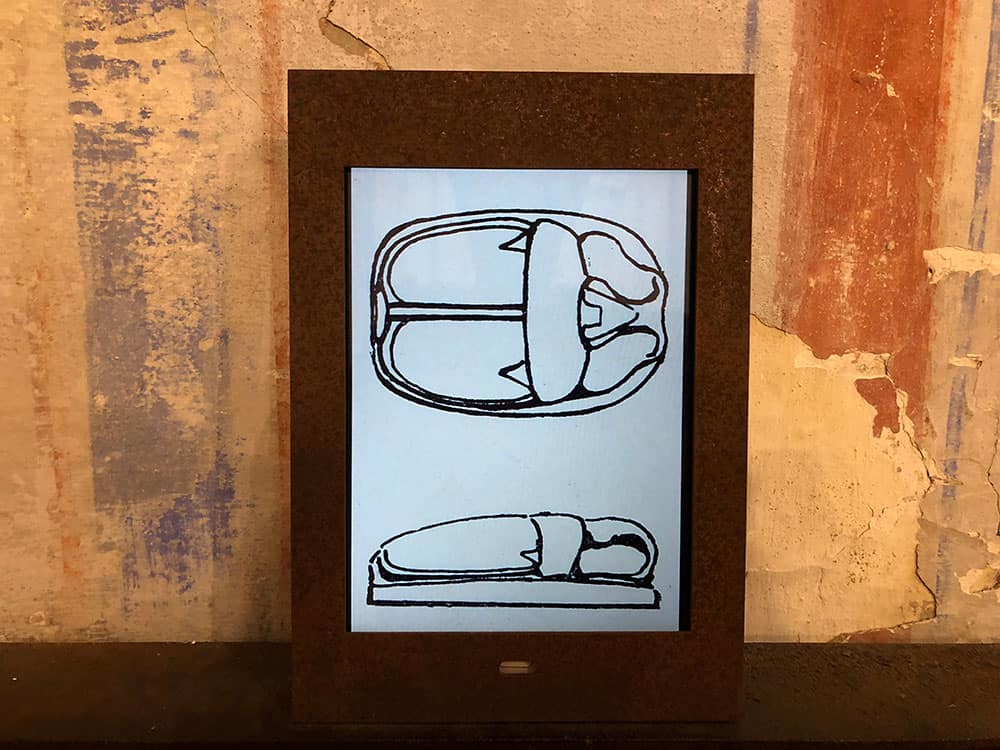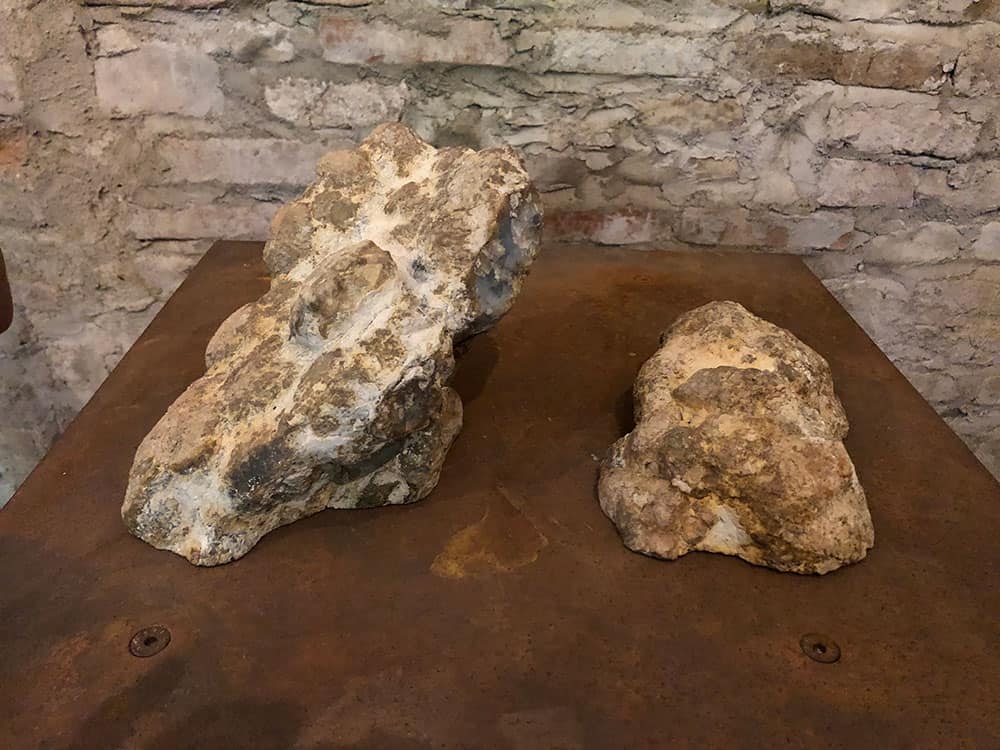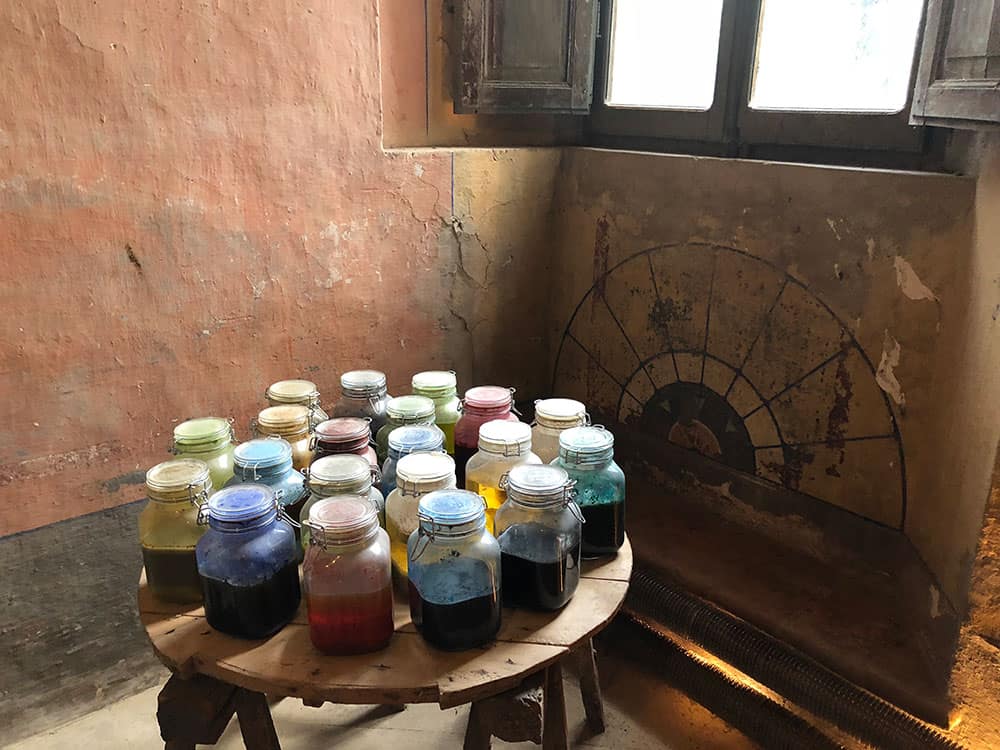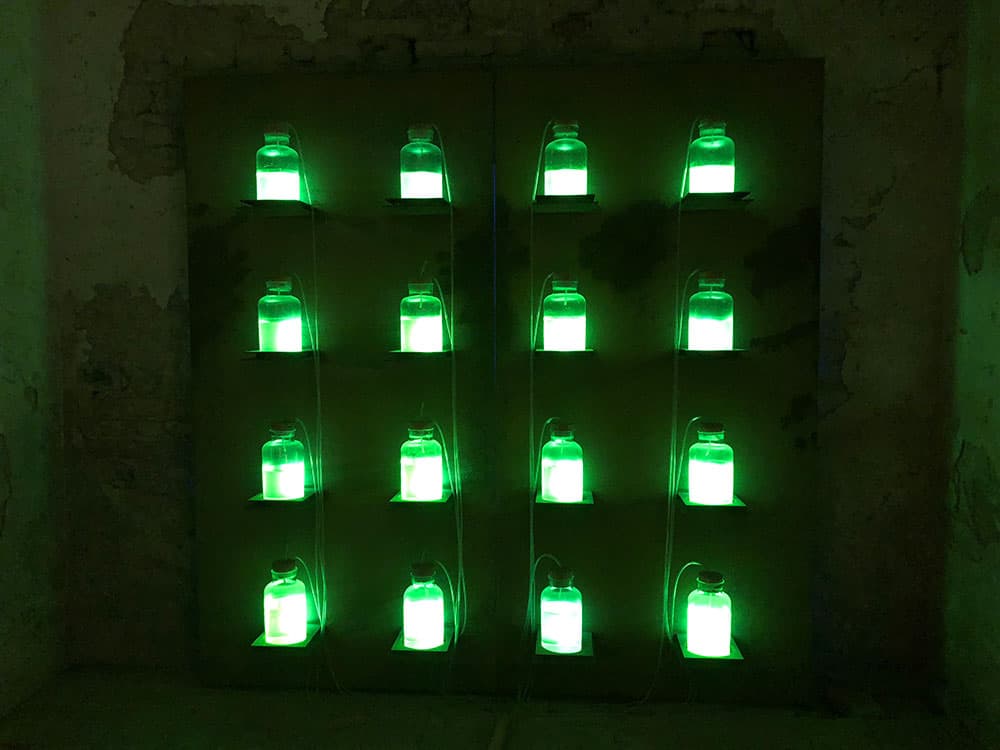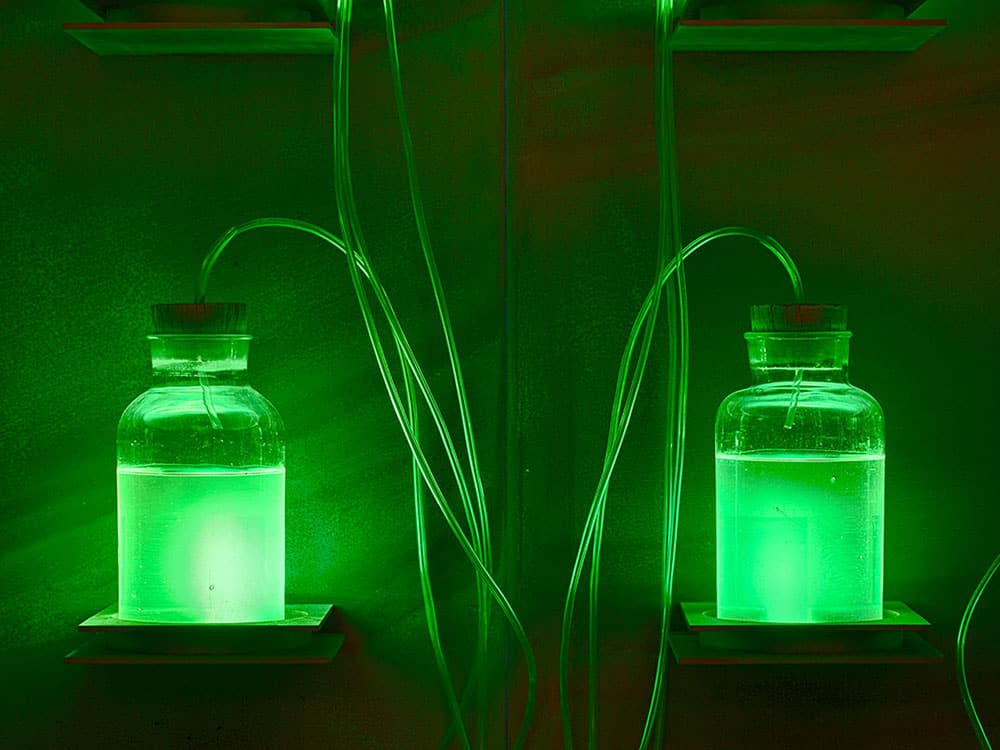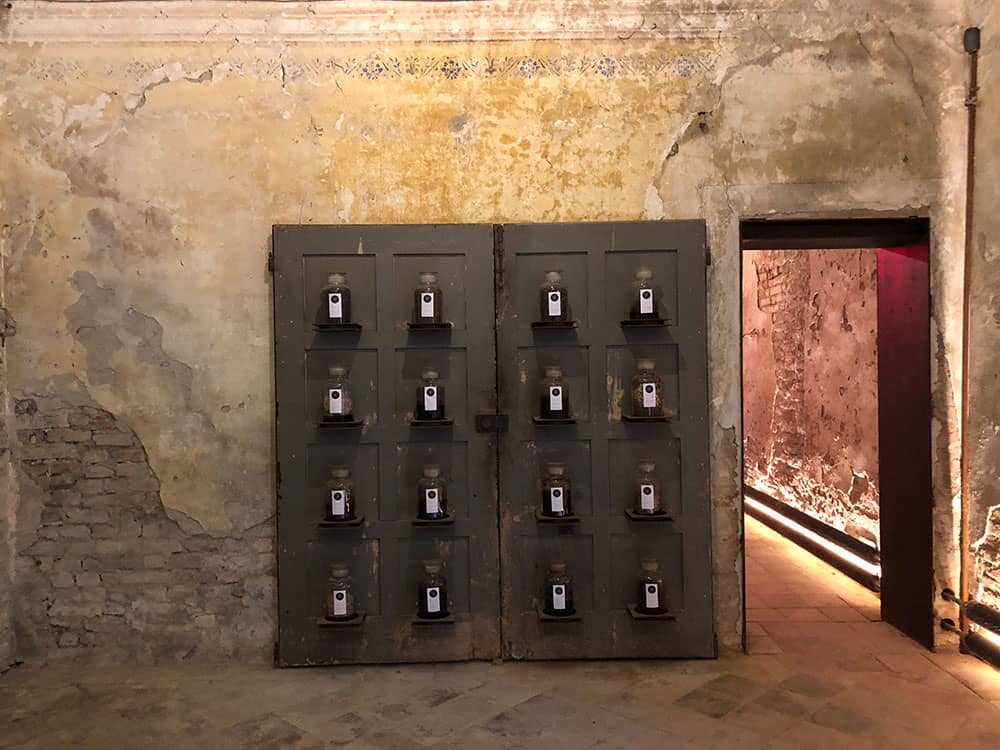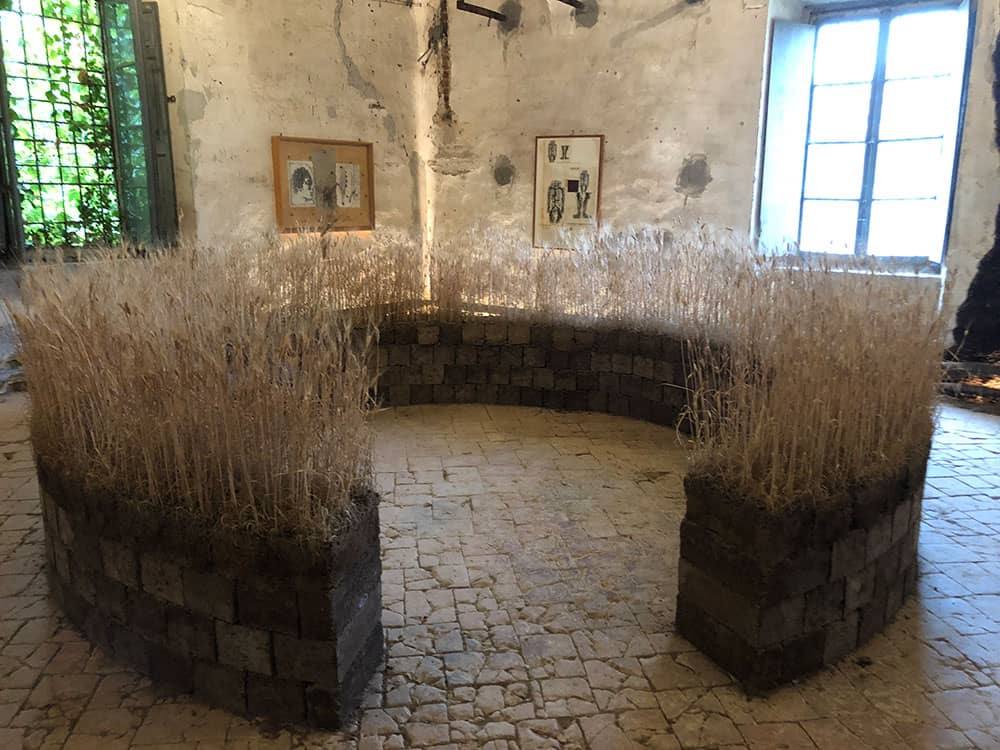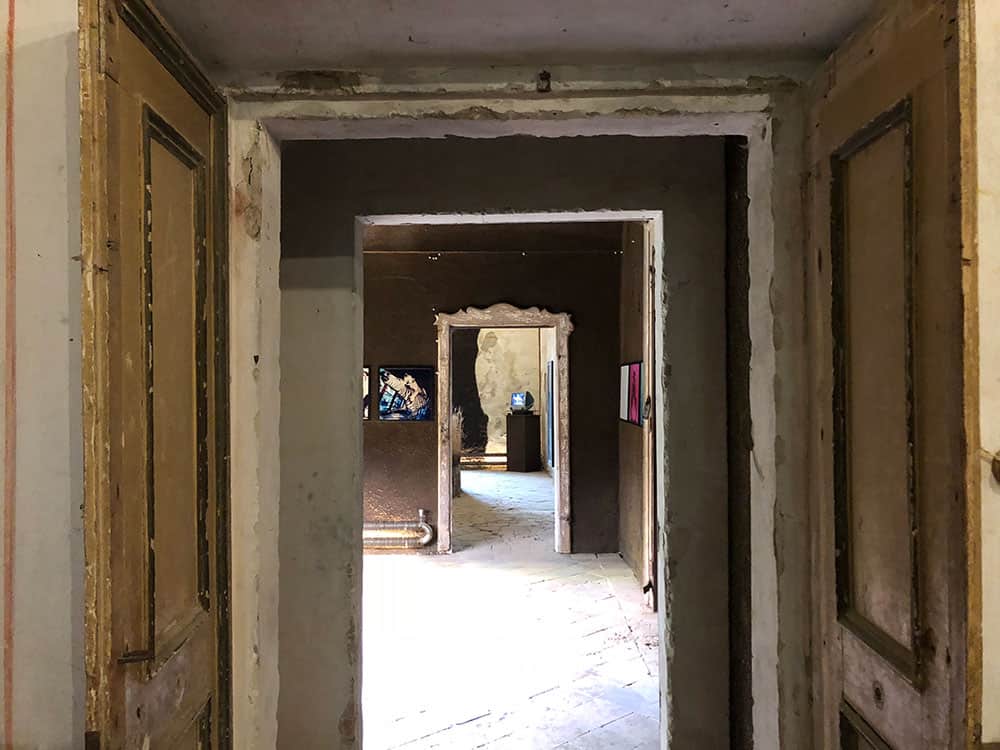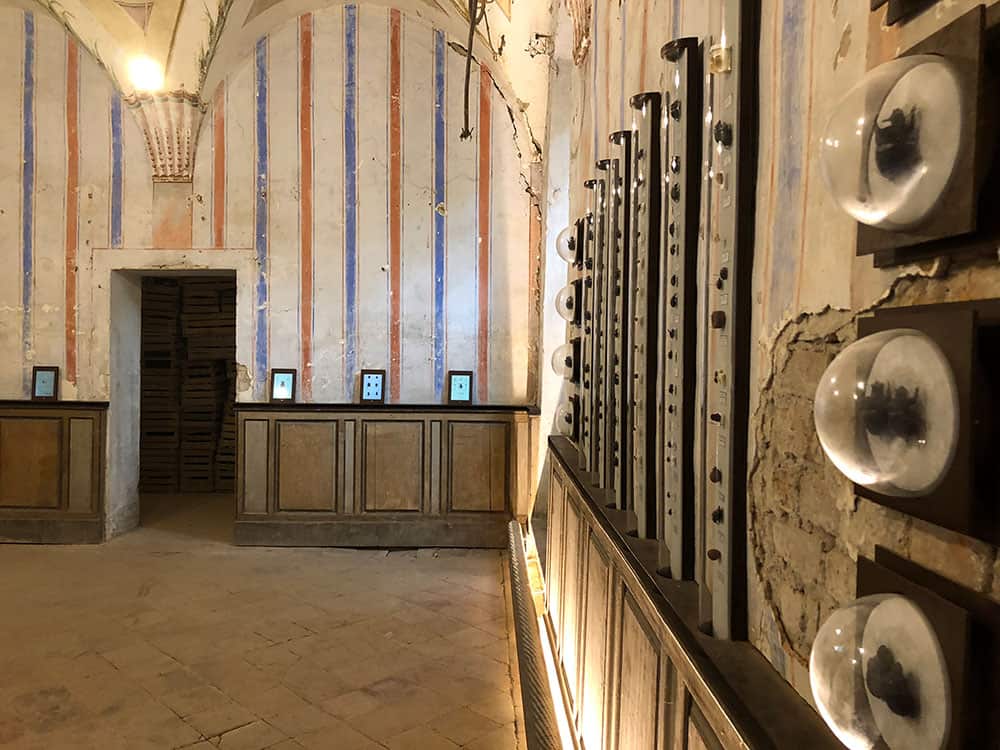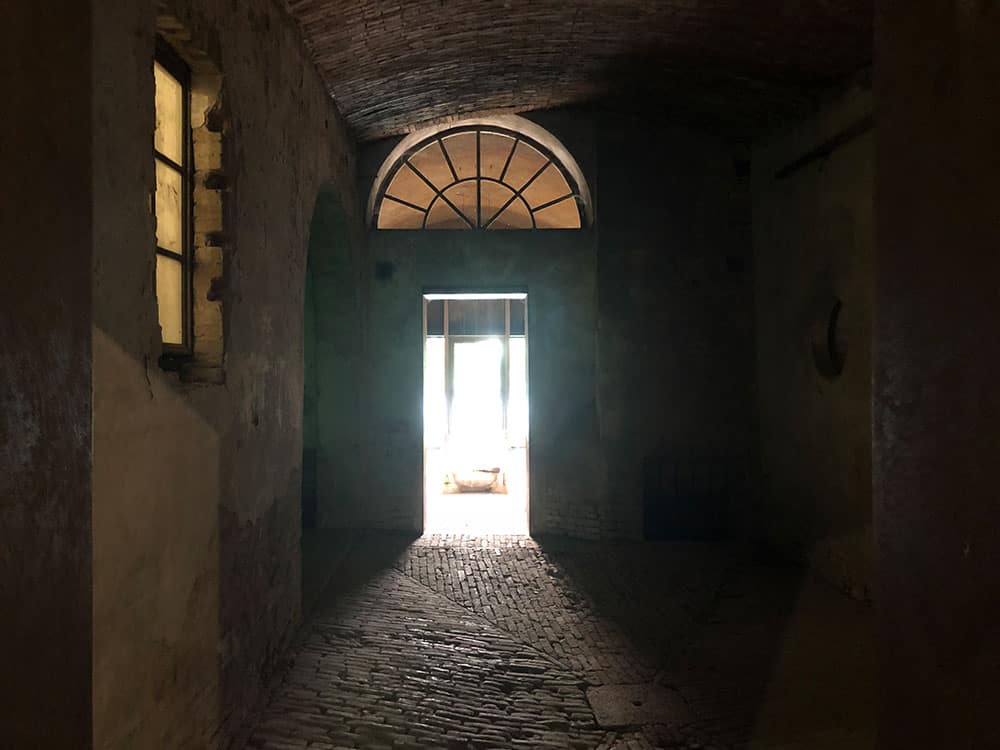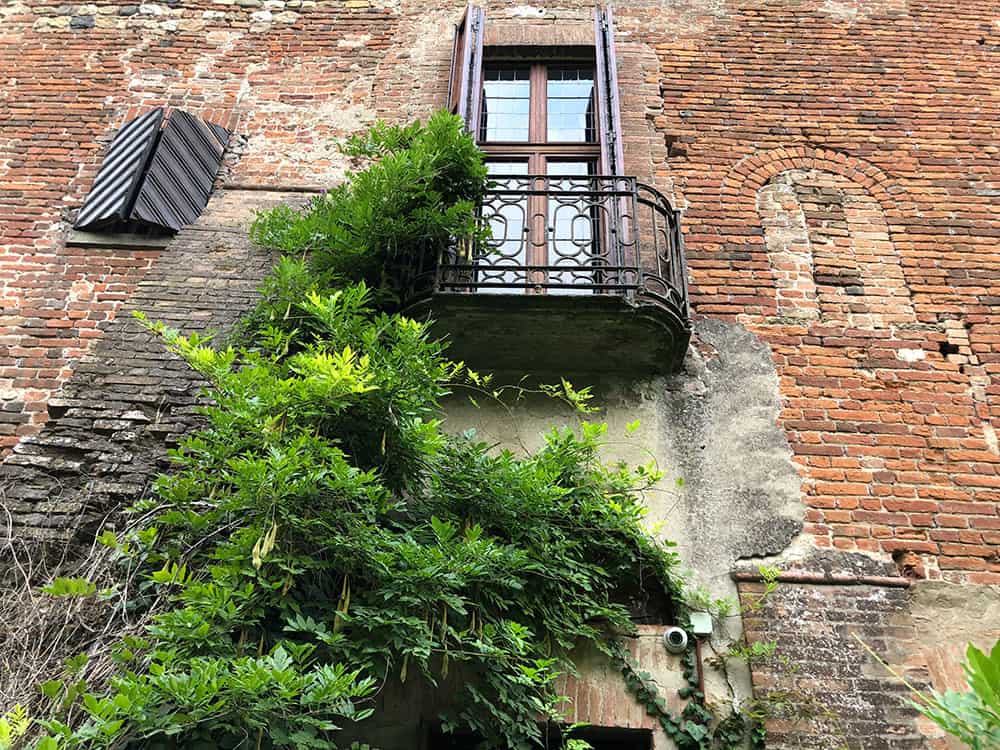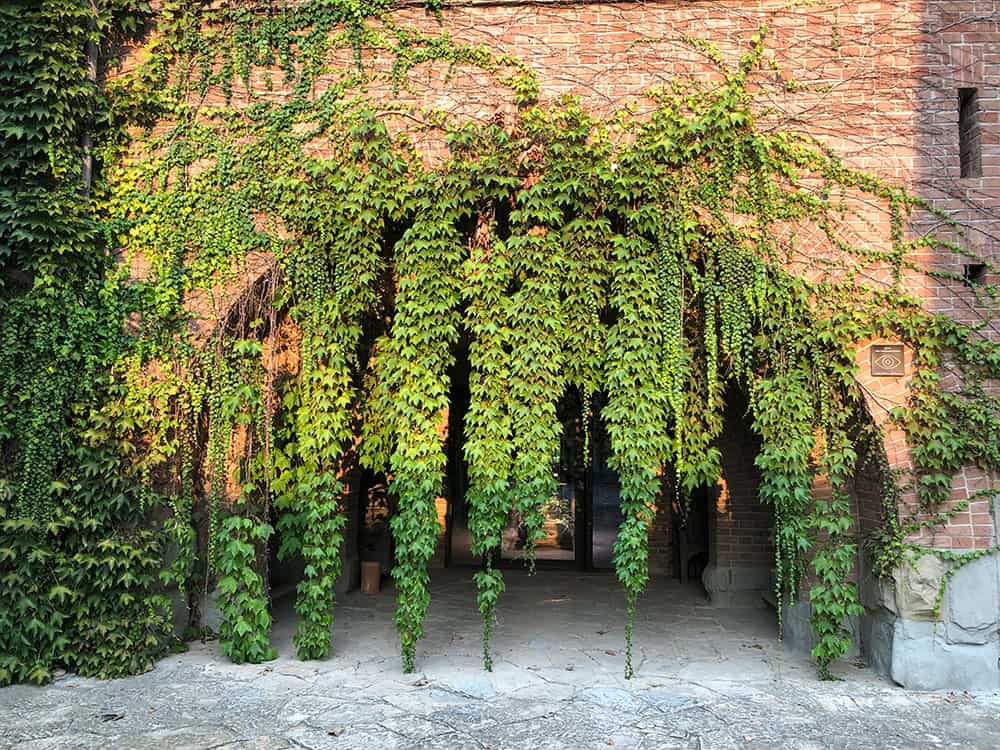The Shit Museum at Castelbosco : when the shit is truly holy: art, enterprise, innovation all the marvels of dejection
Not long ago a friend of mine who works at the Prada foundation (which is a very interesting and relatively new art venue in Milan founded by Miuccia Prada and her husband Mario Bertelli) and has been involved in contemporary art for many years, came to visit us in the countryside waving a reservation for a visit to the Museo della Merda, a few kilometers away from our house.
Obviously, we had already heard about it (the strange object of the exhibition cannot be easily ignored) but being convinced that it was the unbridled admiration of a local farmer for the rich history of this material so used in the countryside, we have always postponed the visit.
We were caught in a big surprise when instead we found ourselves in front of an eccentric gentleman and his distinguished companion.
Gianantonio Locatelli is an agricultural entrepreneur who owns a vast industrial reality that produces milk for Grana Padano and includes seven production units (Grana Padano is a seasoned cheese closely related to the most famous Parmigiano Reggiano that owes its name to the different area of production).
You know what Italy is like: a puzzle of millions of tiles held together by a magical allure. Now, make yourself comfortable because the story is quite long and a bit surreal.
We are in Castelbosco, in the municipality of Gragnano, a few kilometers from Piacenza: the area is the lower Po river valley, where the earth is flat, clayey and moist, full of water meadows and rice fields, wherein winter is long and usually enlightened by with a very pale sun, the fog is thick and makes you feel surrounded by a cotton cloud.
The property we are talking about lies right in the middle of this flat, humid and isolated land.
In this farm, every day, 3,500 selected cows produce about 500 quintals of milk and 1,500 of cow shit, an enormous amount of waste that Mr. Locatelli has decided to transform into a futuristic ecological, productive and cultural project. He began by extracting electricity from cow shit with a very innovative system. Today he gets up to 3 megawatts per hour out of it. It heats the buildings and the company offices with the temperature developed by the digesters turning manure into energy.
Apart from capturing the electricity, they produce building materials, which consist of clay bricks mixed with manure and ultra powerful natural fertilizers. The ecological and productive purpose though was not enough for mister Locatelli who cultivates as well a deep interest for contemporary art.
In the course of the years, he decided to involve artists in both practical and conceptual process of exalting what is commonly considered a scorned waste. David Tremlett and Anne and Patrick Poirier were the first to take part in the aesthetic redefinition of Castelbosco. The first painted the digesters, turning their mechanics into a sign; the latter have combined botany and allegory in a work of evolutionary land art.
If this was not enough in April 2015 Gianantonio Locatelli inaugurated the new museum’s exhibition rooms, on the ground floor of the company’s headquarters, in the medieval castle of Castelbosco. Here are combined, with continuous updates and new commissions, testimonies of aesthetic and scientific experiences, human and animal, current and past, an eclectic collection of references strictly related to shit (specifically of the cow kind).
The symbol of the museum is the dung beetle, a coprophagous beetle (considered divine by the Egyptians) that preserves the dung to postpone the meal or to lay its eggs: our guest couldn’t really choose a better symbol because inside the futuristic farm there is a lot of experimentation proceeding with great results.
We were lucky enough to be invited to the private home of our guest couple to enjoy a refreshment on the second floor of the 1300 castle. The vast apartment just above the museum was restored by the previous owner in the ’40s and in spite of the massive reconstruction of the interiors, it shows a distinguished and very tasty layout, adorned with artistic interventions on the walls and beautiful modernage pieces. Lovely!
We owe our friend Chiara the discovery of a gem, a pleasant afternoon and the encounter with a visionary entrepreneur, who knows how to live between practicality and intellect, putting together the high and the low, with the ability to transmit the subversive enthusiasm of those for whom rules just aren’t there.
The Shit Museum is located at:
Do not forget that the entrance to the museum is free but you have to make a reservation at b[email protected].
The visit lasts around 60 minutes and approximately start at 11 am, 1 pm, 3 pm, and 5 pm.
Betti
[socialWarfare]

